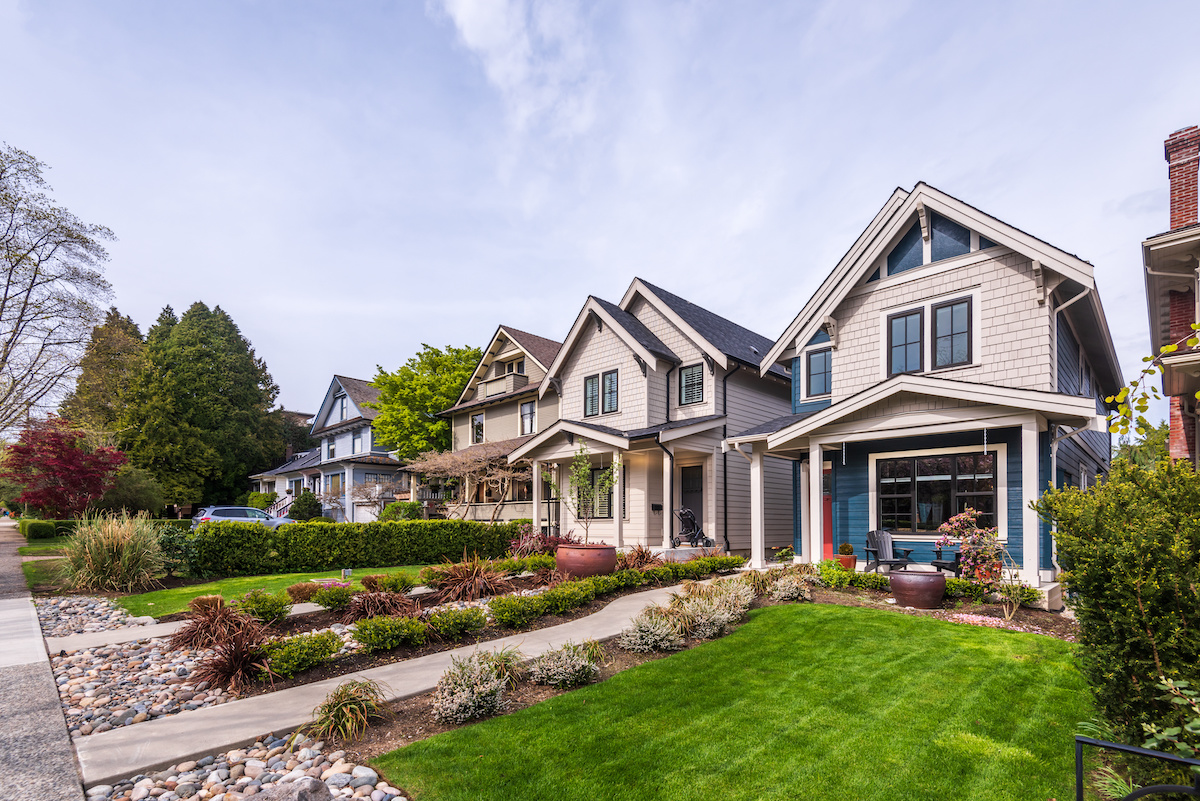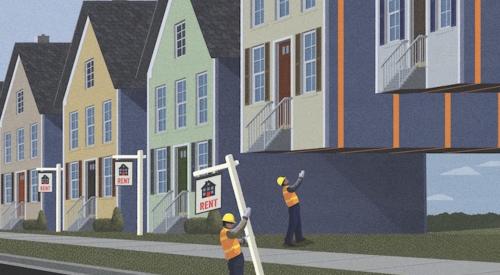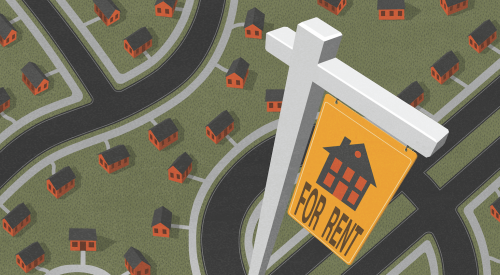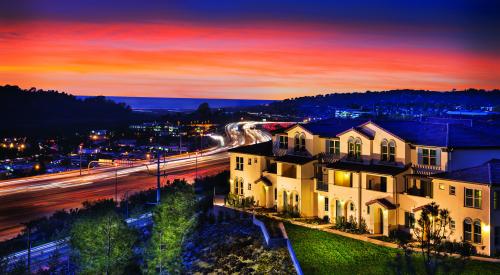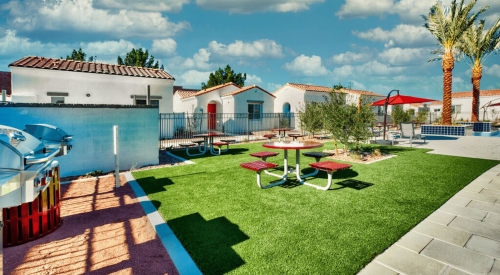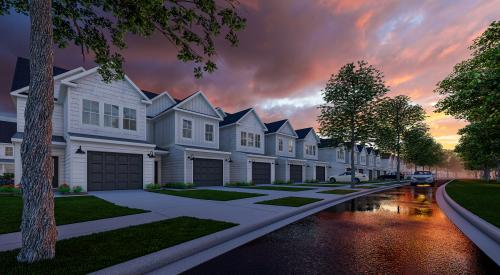Single-family built-for-rent homes make up 6% of new construction each year, but by 2024, that share will likely double. Many of the country’s largest home builders have put billions of dollars into the sector, with $40 billion more planned over the next 18 months, according to the Wall Street Journal. Different built-for-rent developments are currently under construction in 30 states. These rentals come when homeownership is forecasted to decline over the next 20 years due to rising home prices, according to the Urban Institute. Rentals can also be more attractive to younger Americans who don’t want to be burdened with the responsibility of maintaining a home and 30-year mortgage.
These economic forces and generational preferences are creating a new kind of housing: the landlord suburb. Monthly mortgage payments that would be a resident’s equity are now income for real-estate companies. Thousands of homes that might ordinarily be controlled by homeowners—landscaped, renovated or otherwise customized (within the rules set by a homeowners’ association)—are instead professionally managed by real-estate companies, which typically handle everything from repairs and landscaping to drawing the line on what neighbors can put on their lawns. “I am the president of your HOA,” as Nashville developer and landlord Bruce McNeilage puts it. Mr. McNeilage’s Kinloch Partners includes built-to-rent houses in the Nashville and Atlanta areas.
What becomes of the suburbs if, one day, homeowners are outnumbered by renters? For one, the suburbs may become more transient places where residents move in and out more often, industry experts say. Tenants of single-family homes typically stay around longer than apartment renters, but tend to move sooner than homeowners, who stay for an average of seven years. “They’re not going to plant an oak tree,” says real estate consultant John Burns, referring to built-to-rent tenants.
Some think a transition to rent won’t mean an end to building wealth through suburban property ownership. Christopher Ptomey, executive director of the Terwilliger Center for Housing at the Urban Land Institute, sees potential in fractional ownership models, such as neighborhood real-estate investment trusts. In these structures, people would own stock in companies that hold commercial and residential properties in their area. “We need to be thinking more about different ways that people can still own the communities that they live in, outside of the primary residence model,” Mr. Ptomey says.
New forms of ownership and investment could also give more renters a greater stake in local government and politics, something they often lack now. That could affect everything from land use to school boards.
